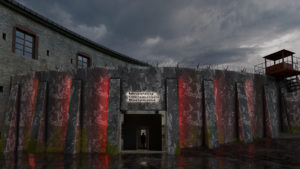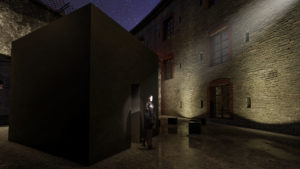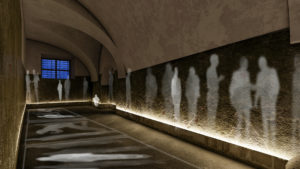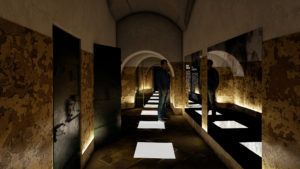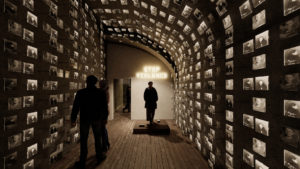The International Memorial Museum for the Victims of Communism in Patarei Prison will be designed by Motor and KOKO architects. This was the result of a public procurement carried out by the museum’s developer, the Estonian Institute of Historical Memory. The sale of Patarei and the establishment of the museum was decided by the Government on 26 April 2018. The museum is scheduled to be opened by 2026.
According to Estonian Institute of Historical Memory’s Member of Board Martin Andreller, the Institute has managed the temporary exhibition area in Patarei for the last three years, while preparing for the construction of the museum. The future exposition introduces the occupations’ period in Estonia to local and international audiences, as well as the functioning of communist regimes and their crimes around the world, along with the history of the building.
“The signing of the design contract is a significant step. The deliberation process regarding the museum has taken place over many years and is finally materialising. Having Motor and KOKO as our partners instils certainty as they have proven themselves in the field. We also have a solid relationship with the building’s owner. According to plan, the construction will begin next year. However, there is still a long way to go before the 5000 m2 area can be opened. A key prerequisite of the end goal is a plan that considers the uniqueness of the complex, so the development can begin,” Andreller said.
According to project manager Ott Sarapuu, Patarei’s exposition will likely be the biggest museum project of the decade in Estonia. For Motor and KOKO architects, it is a great honour and responsibility to be part of the process.
“Such a delicate and profound topic necessitates modern and symbolic visual solutions. The little daylight that peeked into the cells through Patarei’s narrow windows became the memorial museum’s principal metaphor. The victims’ fates and the crimes committed in the former sea fortress were long kept in the dark. The museum will bring the stories and people to light. Therefore, the central design idea is the use of light and shadow. For a prisoner, light symbolises freedom. A ray of sunshine falling into the prison cell through a window embodies hope,” Sarapuu explained.
The museum will be developed in cooperation with European memory institutions and with the support of the Republic of Estonia.
Further information:
Martin Andreller
martin.andreller@mnemosyne.ee
- Motor/KOKO
- Motor/KOKO
- Motor/KOKO
- Motor/KOKO
- Motor/KOKO
The photos above illustrate the main idea of the procurement’s winning design and reflect merely a small part of the future exposition.



